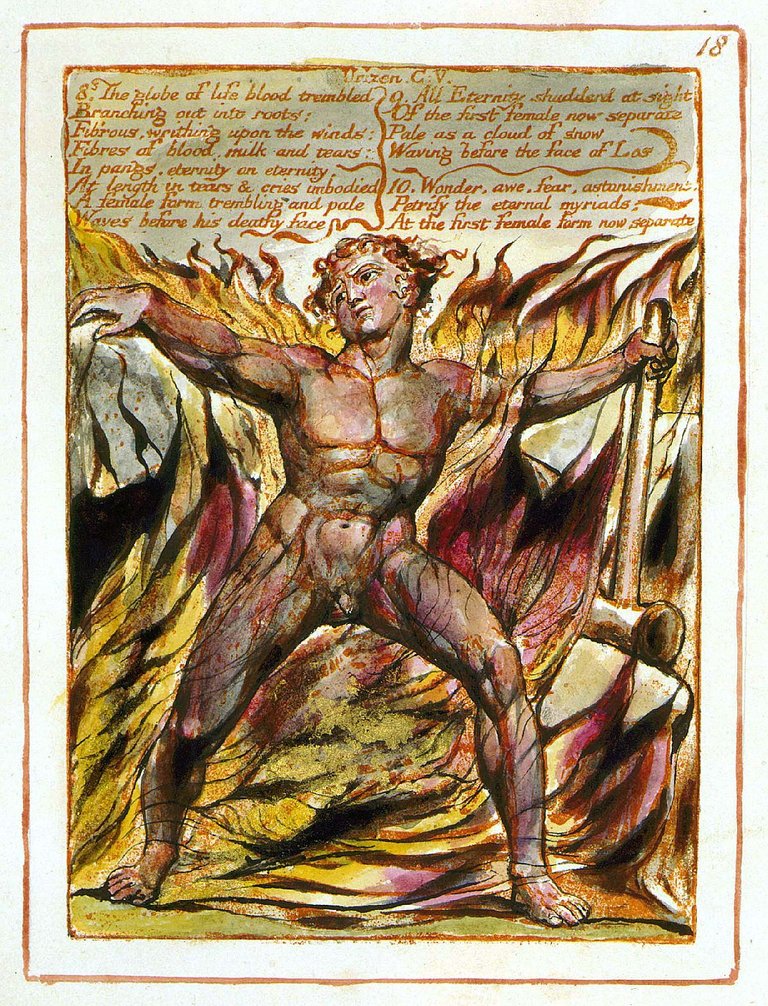It is an unfortunate (though not unwarranted) trend in textual studies that scholars and editors ought to seek out the text—which is to say, an authoritative, unchanging, and definitive version of the text in question. How to define what “the” text is, however, is not clearly defined. Is it the “best” version of the text that we have? Is it a coherent synthesis of various versions that remain extant? Is it simply a question of authorial intention?
This essay takes up that question as it relates to the illuminated books of William Blake. Blake’s intention for the way his poetry ought to be read is indispensable—the very point he attempts to make is inseparable from the reading practices with which it should be associated. Particularly in his prophetic, illuminated works, Blake establishes an entire worldview built upon flexibility and a willingness to change; thus a “definitive” version of his work is antithetical to its very purpose.
To that purpose, we shall explore the following: First, the materiality of Blake’s prints is essential to understanding what they were supposed to be. Blake considered his “infernal method” of using corrosive chemicals to literally eat away what was not the “truth” of his poetry to be indicative of his very point. Second, we will examine the variations amongst different printings of the same poems in order to consider the evolution of Blake’s thought and his own shifting attitudes toward how his work should be received. Finally, we will consider what options that contemporary technology offers in terms of representing his work in such a way that he would have found agreeable and consider the idea that Blake was not only ahead of his time in terms of his message, but also in terms of his vision.

(To be continued...)